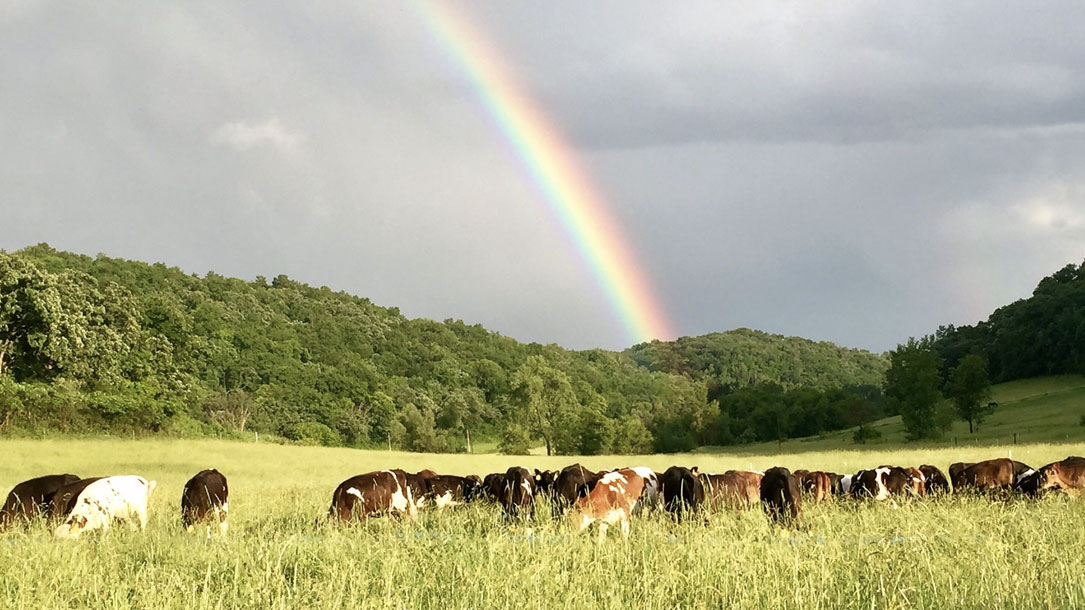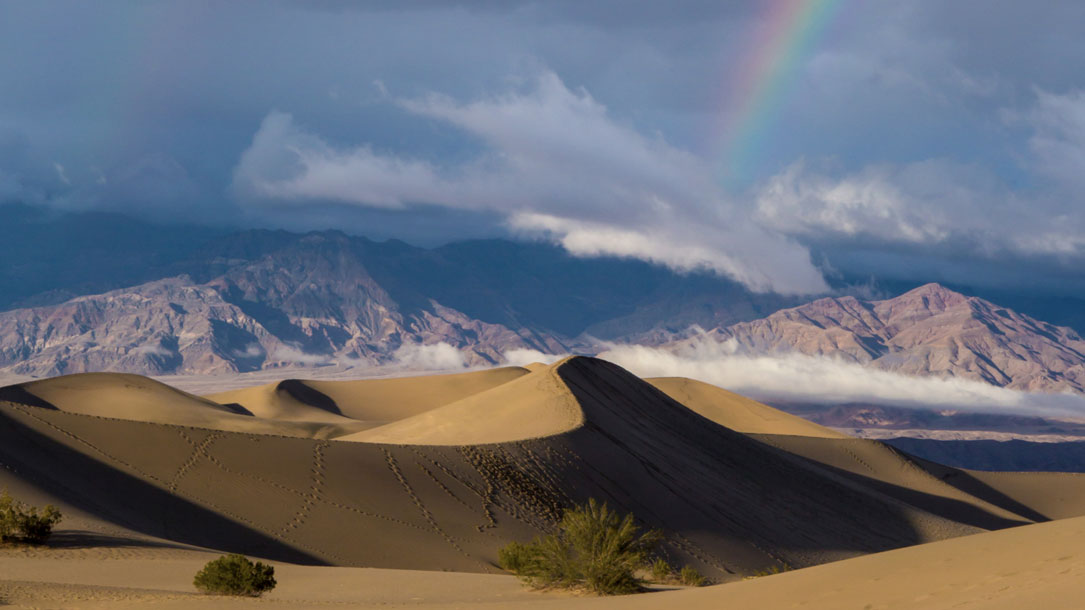Home > Climate News >

Strategies for Mitigating Climate Change with Natural and Working Lands – A Policy Analysis and Playbook
“Wisconsin’s more than 33 million acres of forests, farms, and conservation lands cover more than 92% of our state. They play a critical role in absorbing and offsetting carbon dioxide (CO2) and other greenhouse gas emissions that are the primary cause of climate change.
Together, these “Natural and Working Lands” are a highly productive resource, contributing farm and forest products to our economy, providing recreation opportunities and a high quality of life, and quietly but effectively offsetting CO2 emissions.”

New report: “Strategies for Mitigating Climate Change with Natural and Working Lands”
Wisconsin’s more than 33 million acres of forests, farms, and conservation lands cover over 92% of the state. They play a critical role in absorbing and offsetting carbon dioxide (CO2) and other greenhouse gas emissions that are the primary cause of climate change. Together, these “Natural and Working Lands” are a highly productive resource, contributing farm and forest products to [the] economy, providing recreation opportunities and a high quality of life, and quietly but effectively offsetting CO2 emissions.
Natural and Working Lands make a significant contribution to cleaner air and reduced warming, with large benefits for soil, water, and people. By managing [the] Natural and Working Lands effectively, Wisconsin could offset an additional 16 million tons of CO2 each year—equal to 20% of our annual net greenhouse gas (GG) emissions.
See the full report “Strategies for Mitigating Climate Change with Natural and Working Lands” here.

It’s time for businesses to aim higher. Here’s one way to do it—natural climate solutions
Corporations are (rightly) first focused on reducing their emissions. That’s absolutely where they need to start, and it should be their highest climate-related priority. Thanks to pressure by activists, customers, shareholders and employees, companies are now taking action. They’re not waiting for government regulations mandating them to do so. They’re doing what they can to reduce their carbon emissions by using less energy and switching to renewables.
And when they can’t reduce further, they are now also committing to purchase large volumes of offsets to reach carbon neutrality. Some companies go even further and aim to reach net negative.
This is where NCS enters the picture…

Climate change and community impact
Climate communication 101 involves meeting people where they are, connecting with that they see, and finding ways for people to participate in the climate solution in a manner that also adds value to their lives.
Maine Audubon has done just that with its Climate Spotlight series. Audubon’s research has documented that if left unchecked climate change will cause the loss of millions of birds. They’re playing a leadership role and helping to frame the issue:
“Climate change is the biggest environmental issue facing Maine, and we’re not backing down. Maine Audubon’s new Climate Spotlight series is aimed at giving consumers and advocates the information they need to take action and understand how climate change impacts Maine. Topics in this free online discussion series include: getting involved in rooftop and community solar; natural climate solutions; transportation; and home energy efficiency.”
Check it out, and see if this is something you could create in your community.

Is a big win for conservation a blow to climate action?
On July 22, Congress passed the biggest public-lands spending bill in half a century. The bipartisan bill, called the Great American Outdoors Act, puts nearly $10 billion toward repairing public-lands infrastructure, such as outdated buildings and dysfunctional water systems in national parks…

Grant for climate resilience outreach, education
Eastern Shore Land Conservancy: This project, entitled “Rise and Thrive: Building Understanding and Support for Climate Action on Maryland’s Eastern Shore,” is the second grant awarded to ESLC’s coastal resilience program by the Rauch Foundation in as many years.
The purpose of this project is to directly engage public and private audiences in order to build regional public support for climate adaptation solutions. The Eastern Shore of Maryland is the country’s third most vulnerable region to sea level rise, behind south Florida and Louisiana. Because of the threats of increased flooding, the loss of properties, and widespread ecological impacts, ESLC is working with communities to take action on these threats today…

Opinion: Climate change is a local issue
“It seems clear that many residents of Taos understand and are experiencing signs of different climate evolving here and wish our government to acknowledge that we need to alter our planning for this future. Fortunately for Taos, we have had in place for many years a mechanism for landowners to preserve this kind of land—Taos Land Trust.
But the town and county need to acknowledge and put into place official protections for arable land. And, of course, aside from forever destroying arable, acequia-watered land, an entity like Family Dollar only chips away at the unique beauty of the authentic New Mexican village like El Prado…”

Answers in the trees
Columbia Land Trust (in Washington State) has been weaving climate change into its publications and outreach. Here’s an example:
“There are two ways to restore some semblance of balance to the carbon cycle: reduce emissions from fossil fuel use and increase the carbon-absorbing power of forests and other plant-rich landscapes.
Both methods are needed. We call the latter approach a ‘natural climate solution.’
Forests, especially the verdant, fast-growing forests of western Oregon and Washington, already provide a number of benefits even before taking carbon storage into account, including wood products, forestry jobs, world-class recreation, wildlife habitat, and clean air and water. ‘People manage forests for multiple purposes,’ says Lydia Mendoza, conservation lead with Columbia Land Trust. ‘Carbon sequestration is one of many crucial values that forests can provide.’ Leveraging the carbon-sequestering power of forests involves balancing values and evolving as we learn…’

Sustainability and climate change initiatives
In their most recent climate initiative, the Kennebec Land Trust Finance Committee worked with Kennebec Savings Bank Investment and Trust Services to move their investments into a Socially Responsible Investment (SRI) portfolio that is aligned with their mission. SRI considers environmental, social, and corporate governance criteria to generate long-term competitive financial returns and positive societal impact.
As managers of forestland, they use and promote forest management practices that maximize carbon sequestration, including: protecting soil carbon, where about 50% of the carbon inventory is typically stored on a forested acre; promoting native species and increasing plant diversity to improve forest resiliency and carbon storage; harvesting sustainably; and taking a long-term view by growing high-value and larger diameter trees. On the ground, their forestry days at the Curtis Homestead are teaching the next generations…

Coastal access, climate change key as Maine Coast Heritage Trust turns 50
Land conservation efforts by the organization have increasingly taken community strength and health into account, as much as the environment, and conservation’s overall impact on the state’s economic foundation. As the climate changes, that focus is more important than ever, he [Tim Glidden, president of Maine Coast Heritage Trust] said…












